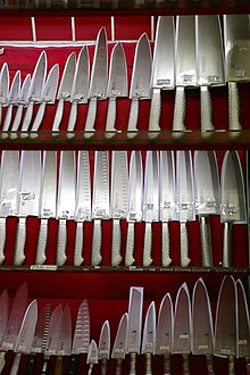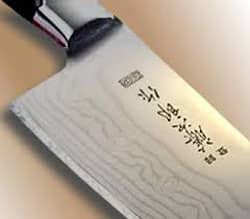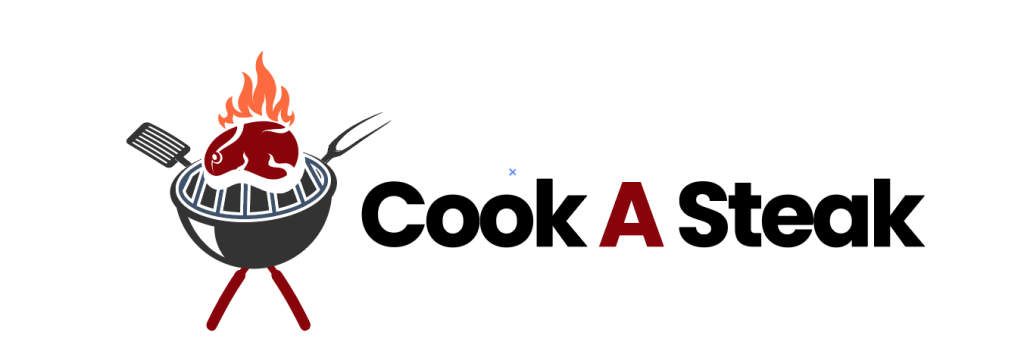Welcome to the exciting world of kitchen knives! As a passionate cooking enthusiast, I simply can’t contain my enthusiasm when it comes to talking about these essential tools. On this page, I’ve crafted valuable insights into different types of knives, providing you with professional opinions on the top-notch options available in the market. I understand that kitchen knives are a vast subject, but fear not! I’ve carefully selected the most commonly used knives that every chef must have in their arsenal. Join me on this informative journey through the world of kitchen knives, and get ready to slice and dice like a pro!

Buying your perfect knife
Purchasing a new knife is a joyous occasion that brings immense delight to all food enthusiasts. Kitchen knives serve as the cornerstone of any culinary journey, marking the first step towards creating delectable dishes. One of the most distinctive features of a knife is its cutting edge, which comes in various shapes and sizes. While some blades are around 8 inches long, there are also smaller chef’s knives available. Professional chefs, on the other hand, often opt for longer blades, allowing them greater versatility in their cooking endeavors.
Chef’s knives, renowned for their practicality, boast a substantial blade height of approximately 2 inches. This design enables you to securely grip the food at the side of the blade with your fingers, ensuring both safety and efficiency in your culinary pursuits. Explore the world of chef’s knives, where craftsmanship intertwines with functionality, empowering you to work swiftly and confidently in your kitchen.
Japanese knives , for when you really want to focus on cutting
Culinary enthusiasts who seek the utmost quality in their kitchen tools often gravitate towards Japanese kitchen knives. These knives possess distinctive characteristics that set them apart from European chef’s knives. With a reputation for exceptional sharpness and a thinner blade profile, Japanese knives are crafted using hard steel and boast a smaller cutting angle (typically ranging from 15 to 20 degrees, compared to European knives). These attributes contribute to the knives’ remarkable cutting prowess. However, it’s important to note that their enhanced sharpness also makes them more delicate, requiring careful maintenance.
When it comes to sharpening a Japanese kitchen knife, it’s best to avoid using a sharpening steel, as the hard steel can be compromised. Instead, opting for a ceramic sharpening rod or a Japanese water stone, such as the renowned Naniwa Santoku and Nakiri, yields optimal results. By employing these methods, you can ensure that your Japanese knife maintains its peak performance and longevity.

Japanese knives design
In many cases, Japanese kitchen knives are not only great to work with , but also wonderful to see . They are made With much love, craftsmanship and high quality materials . Sometimes with beautiful damask steel and exquisite woods .
Ceramic knives
It is so often that I get questions on ceramic knives that I have to give those some attention .
Do I like them? The answer is no, because they remain not as sharp as claimed. Indeed, even new ceramic knives are not nearly as good as sharp steel blades.
Sharpness is very disappointing!
We had a brand new ceramic knife that we paid more than a hundred dollars for. What immediately struck by cutting a tomato was that the sheet was first pressed something before the knife went through. Something with a good steel blade did not happen. Shaving the hair on your arm with this knife is absolutely not possible . Of course, it is not that you would buy the knife , but it says something about the sharpness .
Conclusion : the blade is reasonably sharp, at best.
The first time the blade hit the cutting board, we heard a piercing sound directly . Inspection of the blade showed what we suspected: there were tiny pieces missing from the cutting edge. Simply, when cutting a tomato on a bamboo cutting board without turning the knife or taxing.
The main selling point of extremely long lasting sharpness is that, in practice, a promise is not fulfilled. No ceramic knives for me
My advice on buying knives
We all know that knives do not come cheap, that is why I, as a professional, recommend you buy one good knife of reasonable size to use for everything. And yes, I know that everywhere you turn, they will tell you that you need at least five or six knives for different cuttings. They just want to make more money of you. After you have been using such a big knife for a while, you know exactly what you need to buy next.
A big knife can be used for the smallest cuts. See for yourself
| A | Point: | The very end of the knife, which is used for piercing |
| B | Tip: | The first third of the blade (approximately), which is used for small or delicate work. Also known as belly or curve when curved, as on a chef’s knife. |
| C | Edge: | The entire cutting surface of the knife, which extends from the point to the heel. The edge may be beveled or symmetric. |
| D | Heel: | The rear part of the blade, used for cutting activities that require more force |
| E | Spine: | The top, thicker portion of the blade, which adds weight and strength |
| F | Bolster: | The thick metal portion joining the handle and the blade, which adds weight and balance |
| G | Finger Guard: | The portion of the bolster that keeps the cook’s hand from slipping onto the blade |
| H | Return: | The point where the heel meets the bolster |
| J | Tang: | The portion of the metal blade that extends into the handle, giving the knife stability and extra weight |
| K | Scales: | The two portions of handle material (wood, plastic, composite, etc.) that are attached to either side of the tang |
| L | Rivets: | The metal pins (usually 3) that hold the scales to the tang |
| M | Handle Guard: | The lip below the butt of the handle, which gives the knife a better grip and prevents slipping |
| N | Butt: | The terminal end of the handle |
Sales of Japanese kitchen knives are booming in the U.S. But how many people have the skills to use these superbly-crafted tools to full advantage? Now, internationally renowned chef Hiromitsu Nozaki shares his expertise and insights in a book that will help anyone who owns a Japanese knife maximize its performance.
Do you want to get the most out of your knife?



